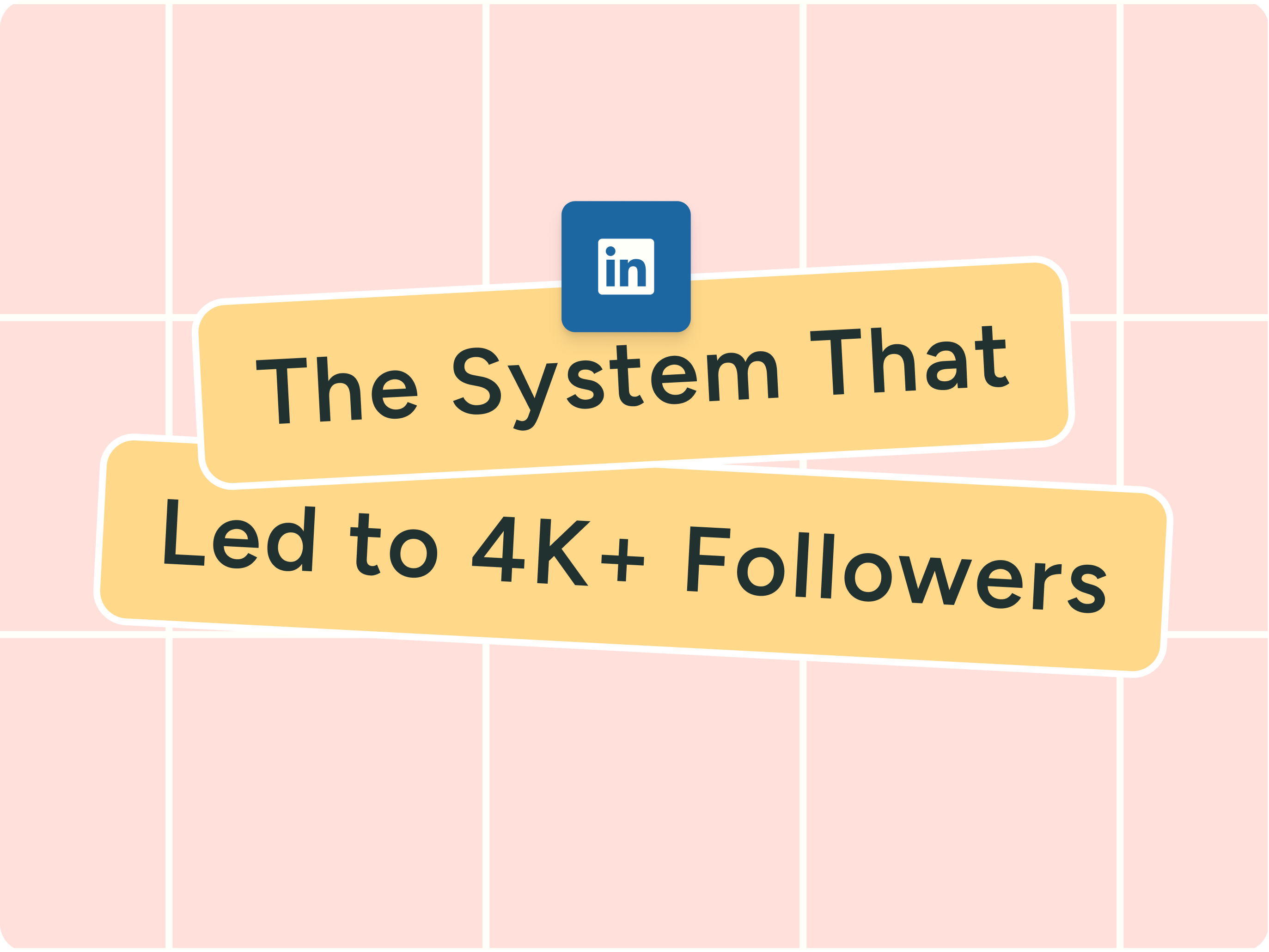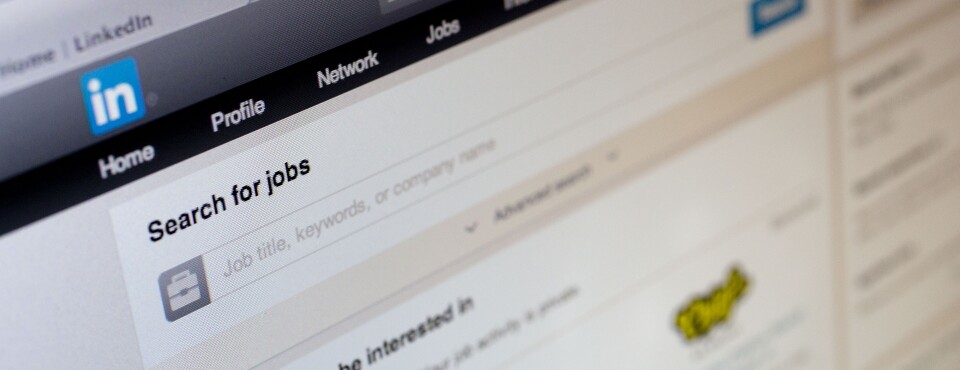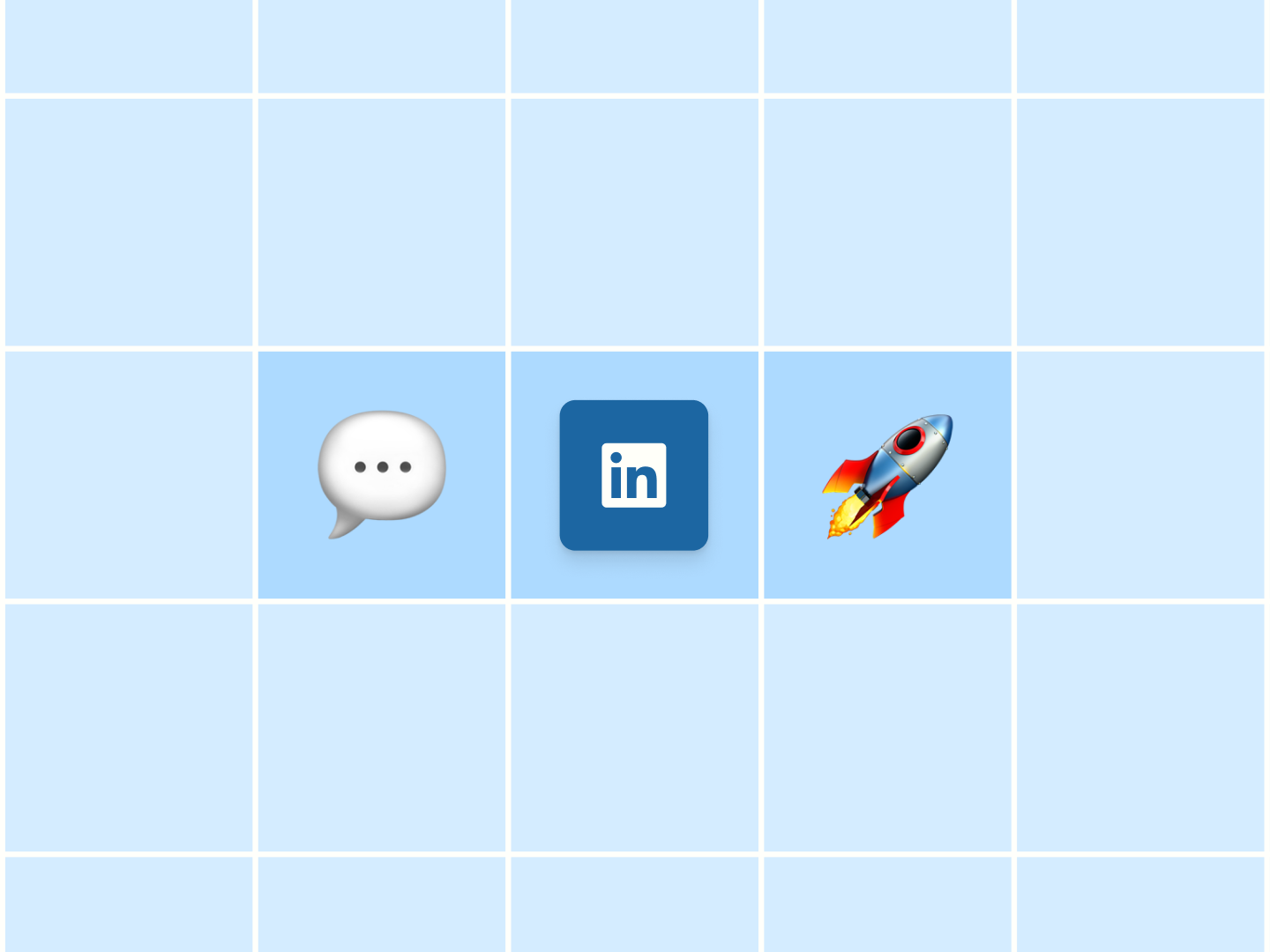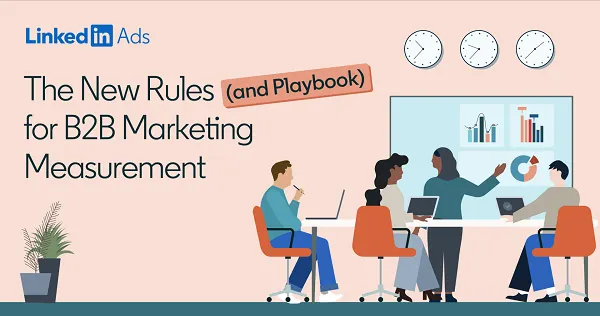#linkedin
#linkedin
[ follow ]
#personal-branding #content-strategy #data-privacy #job-search #networking #profile-optimization #generative-ai
Social media marketing
fromDigital Trends
2 weeks agoI used Nano Banana Pro to create 20 social media posts, the response they got was shocking
Using AI image generation (Nano Banana Pro) with detailed prompts significantly increased LinkedIn engagement and impressions and also boosted Instagram resonance.
fromZDNET
3 weeks agoHow to prove you're not a deepfake on Zoom: LinkedIn's 'verified' badge to all platforms - for free
As AI continues lowering the barrier to malicious identity spoofing and fraud, Oscar Rodriguez, LinkedIn's vice president of product for Trust,told ZDNET that the program is designed to drive more trustworthy internet experiences and user-to-user engagement. "It is becoming increasingly difficult to tell the difference between what is real and what's fake," Rodriguez noted. "That, for us, was the driver because LinkedIn is about trust and authentic connections."
Privacy technologies
fromClickHole
1 month agoLiving A Double Life: Your Otherwise Normal Friend Is Very Active On LinkedIn
According to numerous media sources and eyewitness accounts, the person you've known for almost a full decade, the one who seemed like a well-adjusted and productive member of society, is also shadowing as a person who writes long posts on LinkedIn talking about things like maximizing client engagement and how to nail job interviews at marketing firms. It's like your friend is secretly a completely different person-an alter ego who has completely immersed herself in the bizarre and alien social ecosystem of LinkedIn.
Social media marketing
fromMashable India
1 month agoBumble Match Goes Viral After Girl's Mother Turns It Into A Client Pitch
According to his account, Umang matched with a woman on Bumble and exchanged the usual introductory messages, basic questions, light conversation and a typical "getting to know each other" vibe. After a day of normal interactions, he assumed the match was progressing like any other early-stage dating chat. However, the next morning took a bizarre turn when he received a phone call, not from his match, but from her mother.
Social media marketing
Artificial intelligence
fromCNET
1 month agoI Got an Early Look at LinkedIn's New AI Job Interviewer. It Told Me How to Stop Rambling
LinkedIn's generative AI provides personalized mock interviews based on job postings, offering role-specific questions and feedback to premium users rated as medium-high matches.
fromForbes
1 month agoLinkedIn Is Stuck in 2016: Microsoft Let the Professional Internet Stall
What makes LinkedIn uniquely powerful is not just its scale but its authenticity. It is the only major social platform where most people are verifiably real - not bots, not burners, not pseudonyms. It holds the cleanest, most trustworthy identity graph on the internet: a network tied to real employers, real skills, real locations, and real career histories. This should have been LinkedIn's greatest advantage. It is the foundation every modern professional platform wishes it had.
Business
Marketing
fromThe Drum
1 month agoLinkedIn uncovers the key frameworks for successful account-based marketing
Account-based marketing (ABM) aligns sales and marketing, delivers superior ROI, and LinkedIn provides platform tools and a partner ecosystem to execute ABM across demand, nurture, pipeline, and penetration.
fromBusiness Matters
2 months agoPressure mounts on LinkedIn to close account of jailed stalker Sam Wall
LinkedIn is facing mounting calls to suspend the account of Sam Wall, a 55-year-old digital marketing strategist from Cheadle, who was jailed for 28 months on Friday after pleading guilty to stalking, harassment and malicious communication. Despite her conviction and a court-issued restraining order, Wall's LinkedIn Premium profile - with nearly 27,000 followers - remained active at the time of writing.
UK news
fromInc
2 months agoThe Passive Job Seeker's Guide to LinkedIn
Not long ago, I worked with an executive who was nervous about updating his LinkedIn profile. He worried their boss would assume they were planning to leave. I encouraged him to do it anyway. A funny thing happened: Their boss noticed, pulled them aside, and asked why they were refreshing their profile. Instead of leading to suspicion, it sparked a conversation about their value to the company. Within weeks, he got a raise.
Careers
fromCreative Review
2 months agoBuck's new animations for LinkedIn bring milestones to life
Global creative company Buck has joined with LinkedIn to give a visual refresh to the platform's in-app milestone moments. Described as "a big glow-up" by LinkedIn's director of product design Audrey Davis, the redesign includes a new suite of animations that hope to make celebrating on LinkedIn a more expressive and engaging experience. Prioritising inclusive character representation, creative metaphors that "connect across cultures", and the blue of the LinkedIn brand, these new illustrations capture a range of milestones and emotions.
UX design
fromAbove the Law
2 months agoHow Proactivity And Communication Shape Growth In Law And Business - Above the Law
From embracing calculated risk to mastering communication and leveraging LinkedIn as a strategic tool, Haddadin shares his journey and the practices that have helped him stand out in both the legal and business worlds. LinkedIn: The Modern Business Development Playbook Fretzin opens the conversation by comparing today's powerful tools to the old-school grind of cold-calling from the phone book. LinkedIn, he says, has become the top playbook for business development especially for lawyers. Haddadin agrees: Building a digital presence isn't optional; it's essential.
Marketing
fromwww.boredpanda.com
3 months ago90 Examples Of People So Consumed By Hustle Culture They Lose Touch With Real Life (New Pics)
We live in the Influencer Age, where people project themselves as relevant figures to be admired and emulated. We see most of them on Instagram or TikTok, either flaunting their luxurious lifestyle, showing random moments of their day, or sharing something inspirational for their audiences to take in. Recently, LinkedIn has been another platform where supposed thought leaders share insights with fellow professionals.
Social media marketing
Social media marketing
fromAbove the Law
3 months agoLinkedIn For Lawyers: How To Leverage The Platform For Your Practice And Career - Above the Law
Consistent daily LinkedIn posting on meaningful professional topics builds a supportive network, attracts referrals, and grows visibility for legal professionals.
fromTech.co
3 months agoHow to Stop LinkedIn From Using Your Data to Train Its AI Models
When Is LinkedIn Going to Start Using My Data to Train Its AI Models? LinkedIn has announced that it will start using some of its users' data to train its AI models starting on November 3rd, 2025. Users from the EU, EEA, Switzerland, Canada, and Hong Kong will all be affected. At this stage, US users will not be affected, but this could soon change.
EU data protection
Marketing
fromBuffer: All-you-need social media toolkit for small businesses
3 months agoHow I Created My LinkedIn Content Buckets and What I Use Them For
Consistent LinkedIn content using defined content buckets increases visibility, expands professional network, and generates client leads for freelancers.
fromLindsey Gamble
3 months agoLinkedIn Launches AI Tools Directory to Help Professionals Navigate the AI Landscape - Lindsey Gamble
LinkedIn is running a pilot program curating a set of AI tools designed to help professionals across categories like Development/Coding, Design/Marketing, and Career Coaching. Each tool comes from a verified company, and users can tap on the listing to explore dedicated product pages and better understand each tool's capabilities. Notable tools include LinkedIn's own solutions such as Microsoft Copilot and LinkedIn Interview Prep, as well as Canva, Squarespace, Descript, and Lovable.
Marketing
fromSocial Media Today
3 months agoLinkedIn Launches Company Intelligence API
Advertisers working with one of LinkedIn's certified B2B Attribution and Analytics partners now better measure campaign impact with insights from Company Intelligence API. Aggregated company-level engagement data from LinkedIn, like paid and organic impressions or clicks, can now be viewed directly within existing reports and dashboards alongside additional campaign insights, with no extra setup required. Partners ingest this data and combine it with CRM outcomes and other channels to deliver attributed metrics, like pipeline impact and ROI.
Marketing tech
fromDigiday
3 months agoLinkedIn algorithm tweaks lead to views slump for some creators
When LinkedIn launched [its dedicated video tab], it was completely pushing out videos - it was giving millions of impressions. But after it reached its peak, now it no longer gets impressions. Video takes triple the investment, in terms of time, for me to actually produce, and if I'm not getting the ROI, I feel like it's not worth putting in my time and effort.
Social media marketing
[ Load more ]




































